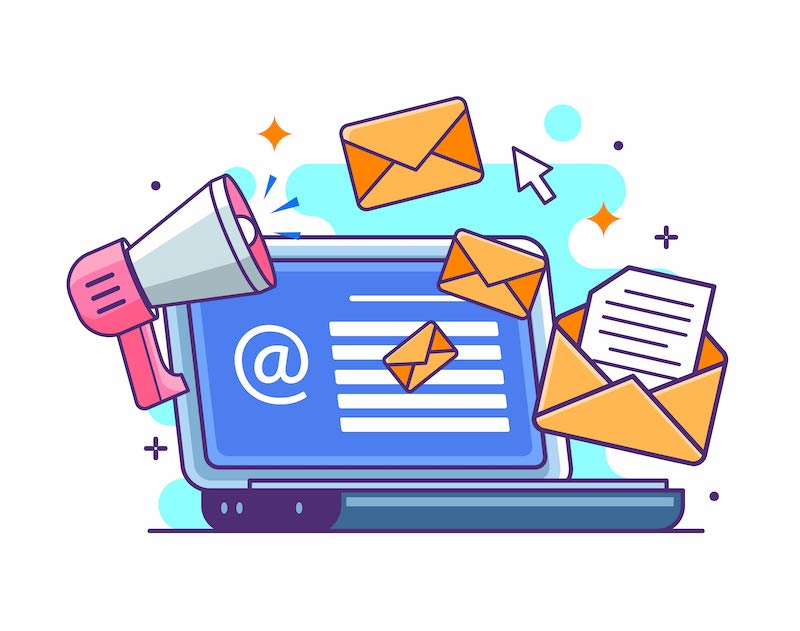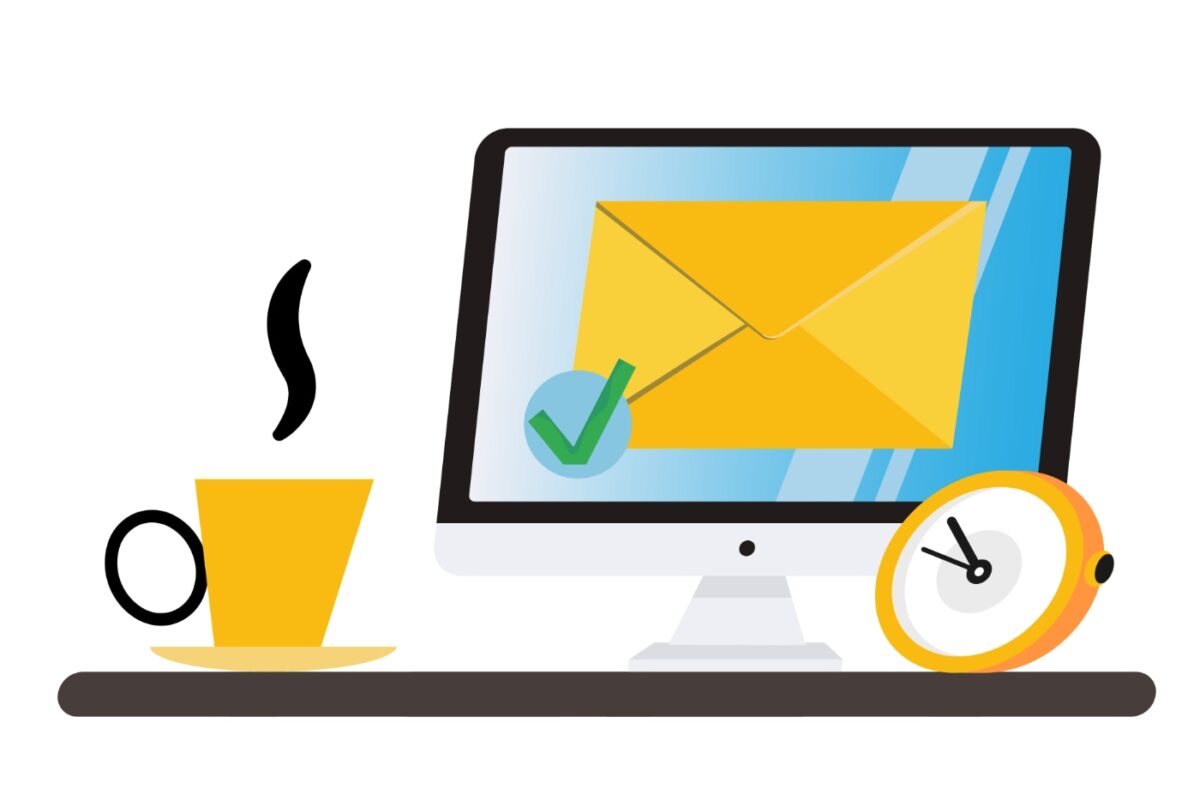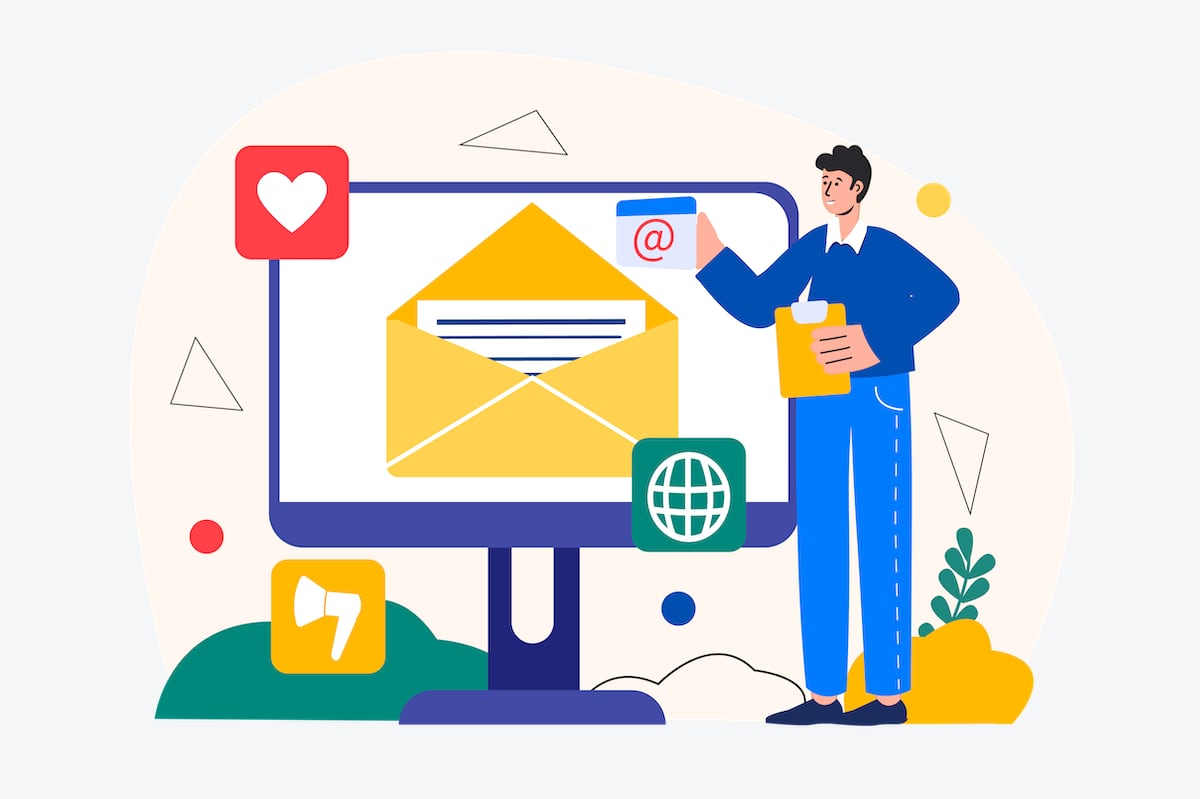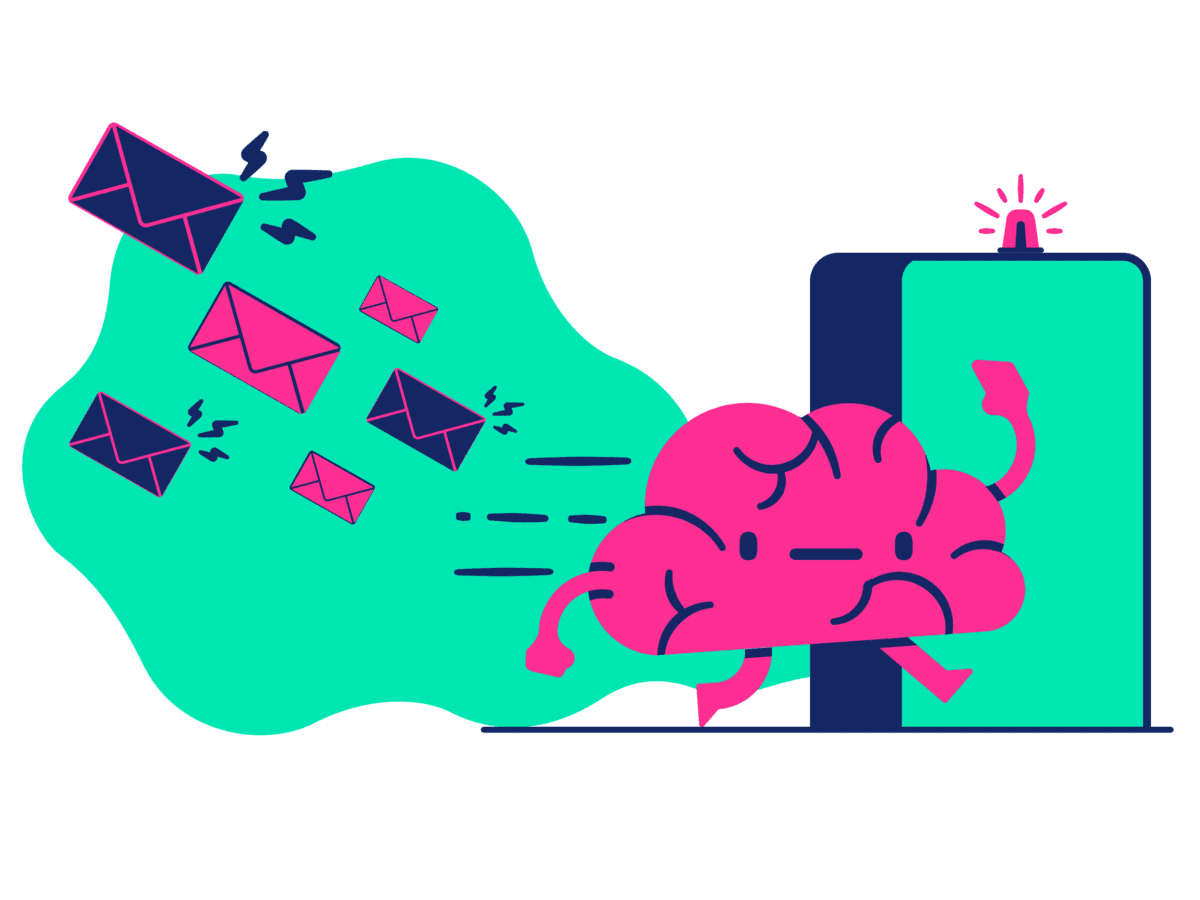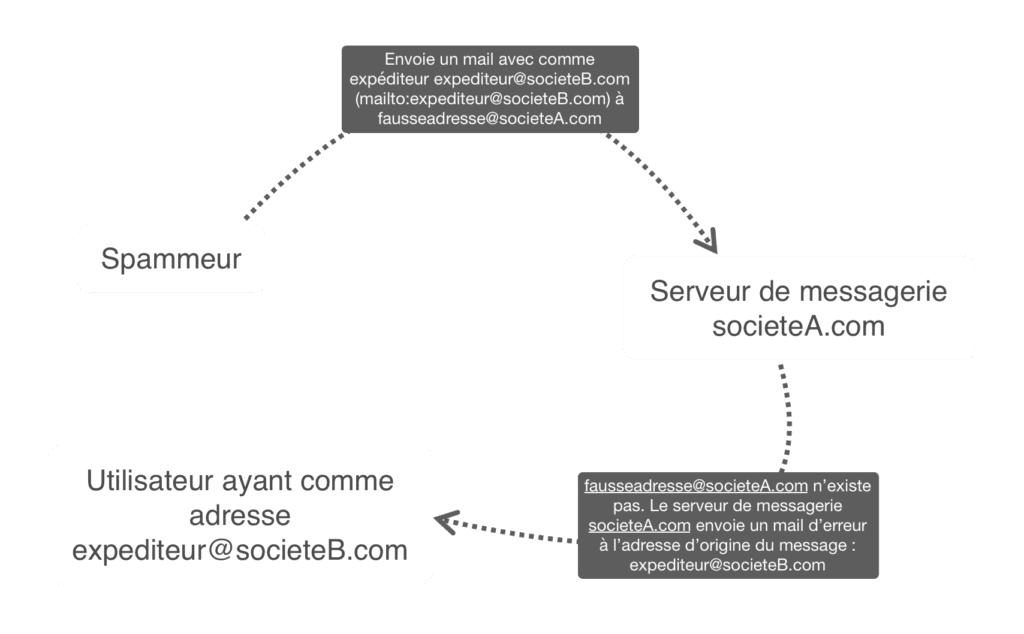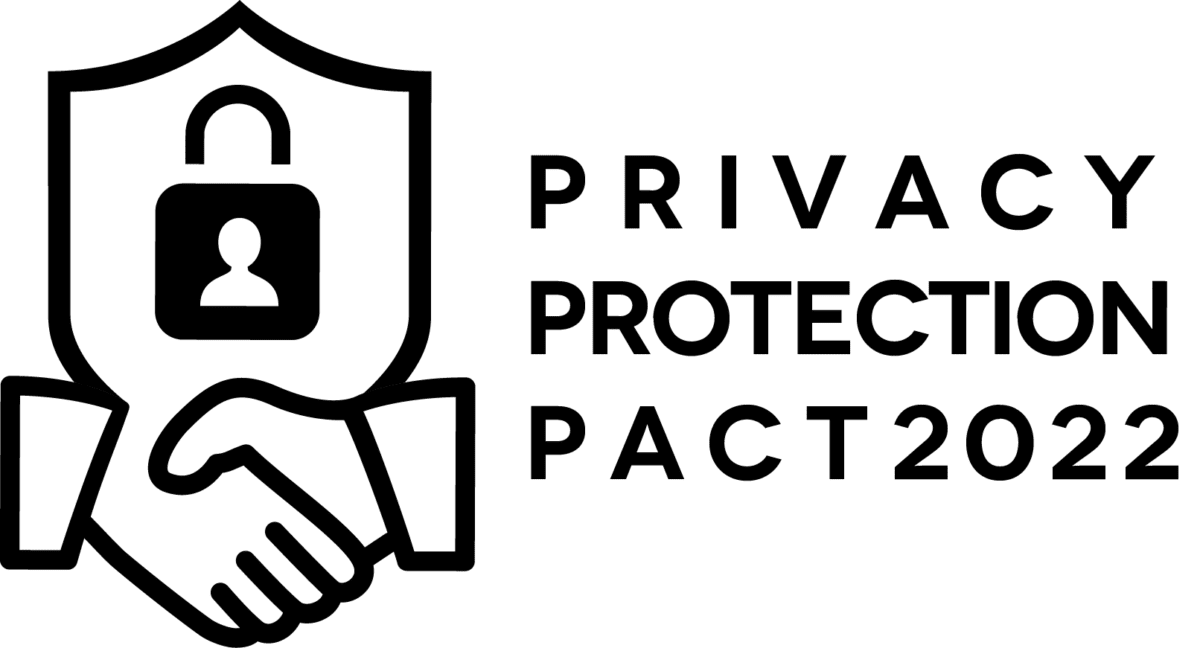Email marketing is an essential tool for developing and maintaining strong business relationships in the B2B sector. To take full advantage of this strategy, it’s crucial to focus on your customers’ needs and create a customer avatar, which represents your ideal client. In this article, we’ll guide you through the different steps to optimize your B2B email marketing strategy by focusing on the customer, gathering their needs and creating a suitable customer avatar.
🗣️ Talking about your customers’ needs
Analyze B2B market trends 📊
To fully understand the needs of your B2B customers, it’s essential to start by analyzing market trends. This will help you identify the opportunities, challenges and expectations of companies in your sector. To do this, consult research reports, market studies and expert articles. Also keep abreast of new technologies, innovations and regulatory changes that could affect your sector.
Identify the challenges and issues facing your business customers 🎯
Once you have an overview of market trends, it’s time to focus on the specific challenges and problems your customers are facing. To do this, it’s important to talk to them, analyze feedback and follow online discussions on professional social networks or specialized forums. This will enable you to identify common pain points and better tailor your offering to meet their needs.
Tailor your communication to meet corporate needs 📝
Now that you’ve identified the needs and expectations of your B2B customers, it’s essential to adapt your communication accordingly. This means adapting the content, tone and frequency of your emails to better address their concerns. For example, if your customers are concerned about data security, be sure to include information about the security measures you have put in place in your communications.
📚 Gathering your business customers’ needs
📋 Use of B2B surveys and questionnaires
One of the most effective ways of gathering your B2B customers’ needs is to ask them questions directly. To do this, you can use B2B-specific surveys and questionnaires. Be sure to include open-ended questions that allow respondents to express their concerns and expectations in detail. Then analyze the responses to identify common trends and needs.
Setting up focus groups with professionals 🗣️
Focus groups are another effective way of gathering the needs of your B2B customers. Invite representatives of target companies to take part in discussions on topics specific to your sector. These exchanges will enable you to gather valuable information about their needs, expectations and concerns. Focus groups can be organized in person or via videoconferencing platforms.
Analysis of feedback and customer opinions in the B2B sector
Feedback and customer reviews are a valuable source of information for identifying the needs and expectations of your B2B customers. Analyze comments left on your website, professional social networks or specialized review platforms. Take note of recurring problems and suggestions for improvement, so you can adapt your offer and communication.
Exploit professional social networks and specialized forums
Professional social networks such as LinkedIn and forums specialized in your sector are invaluable sources of information for gathering the needs of your B2B customers. Follow discussions, publications and comments to identify trends, issues and expectations. Don’t hesitate to ask questions and seek feedback to better understand your customers’ needs.
🎯 Create a B2 customer avatar
Determine company sector and size 🏭
When creating your B2B customer avatar, start by determining the company’s sector of activity and size. This will help you target the companies most likely to be interested in your products or services, and tailor your communication to their specific needs.
Identify the main needs and motivations of target companies
Next, identify the main needs and motivations of the companies you’re targeting. What problems do they face? What goals are they trying to achieve? What motivates them to seek a solution like yours? By answering these questions, you’ll be in a better position to understand your customers and offer them appropriate solutions.
Define the major problem your product or service solves for B2B customers ❗
To create a relevant B2B customer avatar, it’s essential to determine the major problem your product or service solves for businesses. This will enable you to focus on the most important aspects of your offering and communicate its benefits effectively.
Describe the profile of your ideal customer, taking into account the specific characteristics of the B2B market.
Finally, describe the profile of your ideal customer, taking into account the specifics of the B2B market. Think about the size of the company, the sector of activity, the specific needs and motivations that drive them to seek a solution like yours. This avatar will guide you in adapting your B2B email marketing strategy.
How to use B2B customer avatars to improve your email marketing strategy
Email personalization and segmentation based on company characteristics
Using B2B customer avatars enables you to personalize your emails and segment your lists according to company characteristics. This means you can send messages tailored to each segment, taking into account their specific needs and context. Personalization and segmentation are essential for improving customer engagement and satisfaction.
Let’s imagine you’re a company providing project management software. You’ve created a B2B customer avatar for the healthcare and technology sectors, and you’ve identified specific needs for each sector. Here’s how you could personalize your emails and segment your list according to the characteristics of these companies:
Segment your subscriber list by industry:
* List A: Companies in the healthcare sector
* List B: Technology companies
Create personalized content for each segment:
* For List A (health) :
Discuss the challenges of complying with specific healthcare regulations (e.g. HIPAA) and how your project management software helps them stay compliant.
Share case studies or testimonials from healthcare customers who have successfully improved their project management efficiency thanks to your software.
Inform them about the features of your software specifically designed to meet the needs of the healthcare sector, such as the management of sensitive patient information.
* For List B (technology) :
Focus on the integration of your project management software with other tools commonly used in the technology sector, such as development platforms or human resources management systems.
Share tips and tricks on how technology companies can get the most out of your software to manage complex, collaborative projects.
Showcase the specific features of your software that help technology companies track and improve their product development processes.
Adapting content and tone to the B2B customer avatar
Based on the customer avatar, adapt the content and tone of your emails to better meet the needs and expectations of your target companies. For example, if your customer avatar is a company in the healthcare sector, you could include information on regulations specific to this sector, or address issues related to data confidentiality.
For our example above, we would have :
* For List A (healthcare), use a professional, formal tone, emphasizing the importance of compliance and data security.
* For List B (technology), adopt a more relaxed and dynamic tone, emphasizing innovation and collaboration.
Monitor results to adjust your strategy in real time
To monitor results and adjust your B2B email marketing strategy in real time, it’s important to track a set of key performance indicators (KPIs) and use appropriate tools to measure them.
The most commonly used key performance indicators include :
* Open rate: percentage of emails opened in relation to the total number of emails sent
* Click-through rate (CTR): percentage of clicks on the links contained in your emails in relation to the total number of emails opened
* Conversion rate: percentage of recipients who carried out a desired action (purchase, registration, download, etc.) after clicking on a link in the email.) after clicking on a link in the email
* Unsubscribe rate: percentage of recipients who unsubscribe from your email list compared to the total number of emails sent
Then adjust your strategy in real time according to the results obtained.
By analyzing the data collected using the tools mentioned above, you can identify the strengths and weaknesses of your email marketing strategy and adjust your actions accordingly. For example, if you find that the open rate is low, you could test different email subject lines to attract recipients’ attention. If click-through rates are low, you could work on improving the relevance and quality of your email content.
Continuous experimentation and optimization in the B2B context
Finally, don’t forget that optimizing your B2B email marketing strategy is an ongoing process. Test different approaches, content and formats to identify what works best for your target audience. Learn from your mistakes and successes to refine your strategy and continually improve your performance.
Implementing a customer-focused B2B email marketing strategy can have a significant impact on customer satisfaction and sales performance. By talking about your customers’ needs, gathering their requirements, and creating an adapted customer avatar, you’ll be able to personalize and optimize your communications to better meet business expectations. Don’t forget that optimization is a continuous process: monitor your results, learn from your experiences and adjust your strategy accordingly to achieve your business objectives.





